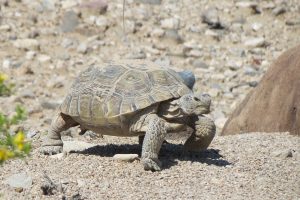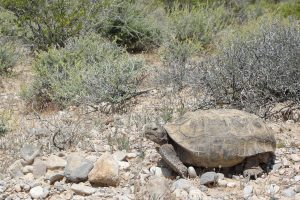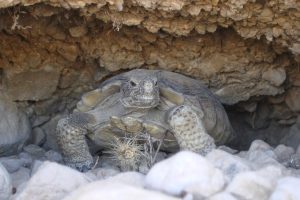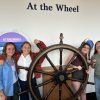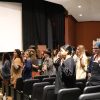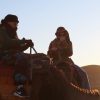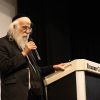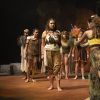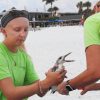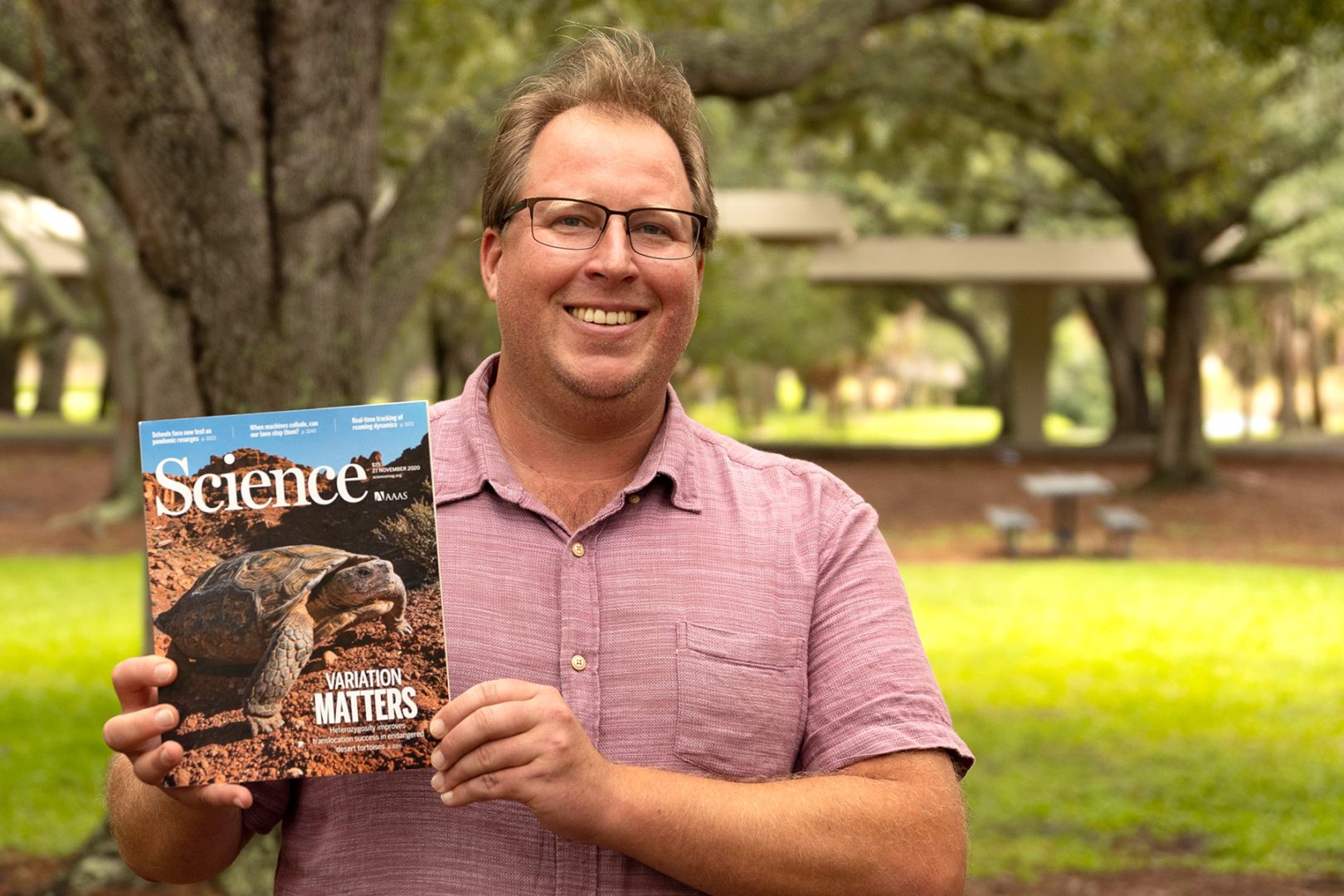
A cover story about Assistant Professor Peter Scott’s project appeared in Science magazine. Photo: Penh Alicandro ’22
Peter Scott grew up on the shores of the Pacific Ocean near Santa Cruz, California, and he admits he’s always been “one of those people who’s always fascinated by what’s outside.”
That curiosity combined with his love of science lured him recently to Eckerd College, where he’s beginning his first year as an assistant professor of biology after two years in the same role at West Texas A&M University in Canyon, Texas.
“I was thinking about biodiversity before I knew that was a word,” he says. “And when I got a little older, my mom checked out books for me in the library about amphibians and reptiles. She wasn’t fond of frogs and snakes and lizards coming into the house, but she overcame that,” he adds with a chuckle. “I always wanted to figure out what’s under that next rock.”
An evolutionary biologist and herpetologist, Scott earned his undergraduate degree from Point Loma Nazarene University in San Diego, his master’s degree from San Diego State University, and his Ph.D. in biology/biological sciences from the University of Alabama. He also was an instructor and research adviser in the UCLA Institute for Quantitative and Computational Biosciences. “Point Loma is on the ocean and similar in size to Eckerd,” he adds. “But [with] colder water and more waves.”
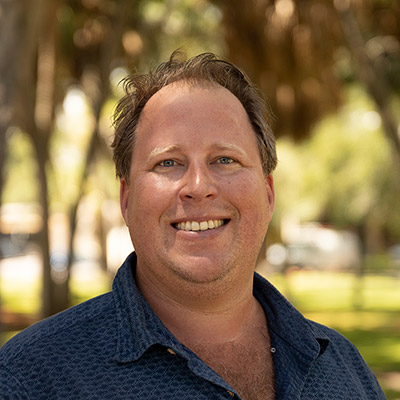
Peter Scott, Ph.D.
Mojave desert tortoises (Gopherus agassizii), photos by Roy C. Averill-Murray
One of the highlights of his career thus far has been his role as the lead author of a study of the DNA of Mojave desert tortoises. Scott and his fellow researcher at UCLA collaborated with the U.S. Fish and Wildlife Service to study the tortoises that had been placed in its Large Scale Translocation Site in the Ivanpah Valley southeast of Las Vegas.
According to published reports, many of the tortoises were kept as pets, which became illegal when the animals were added to the endangered species list, or had to be moved because of development. The Fish and Wildlife Service wanted to see if the tortoises could safely reenter the wild. A cover story about the project appeared in the Nov. 27, 2020, issue of Science magazine.
“Did I ever think I’d get on the cover of Science? No. But the data we found was nothing like what we thought it would be,” Scott explains.
“But that’s the process of science. You have to be open to what the data say. That’s why it’s so fun. If all we got was expected results, it wouldn’t be worth doing.”
The search for answers, he says, fits perfectly into what he teaches and where. “I really work to ensure students are excited and learning more about the process of science as opposed to rote facts,” he explains. “And it’s important to be in a community where you feel you can do all the things you want. When I saw the job opportunity at Eckerd, it clicked that this would be a very good place for me. Everyone knows its reputation.”
And Florida, Scott adds, has a wonderful native biodiversity that presents all sorts of opportunities for research. “Dangle a fun question in front of me,” he admits, “and I’ll try to help work on it. It’s why science is great. You get to ask questions and then try to answer them.”





